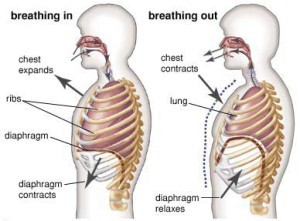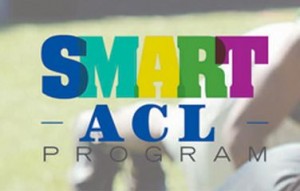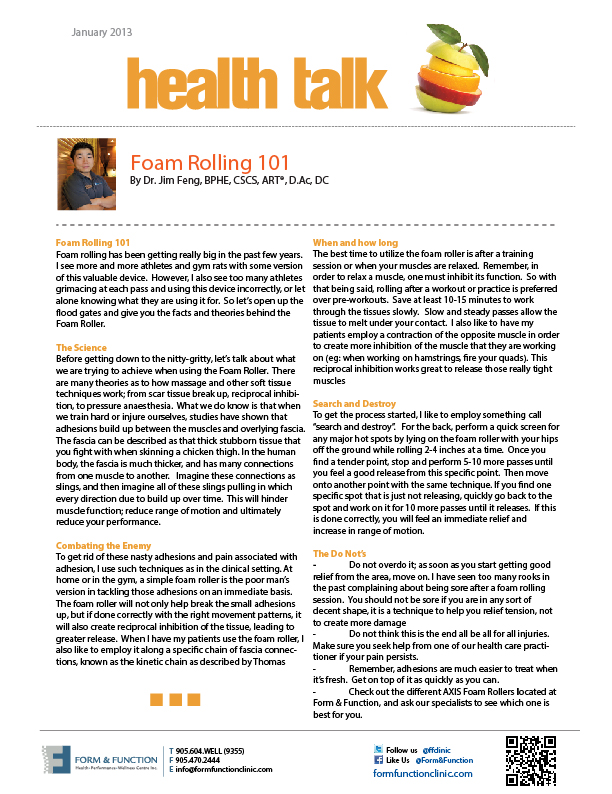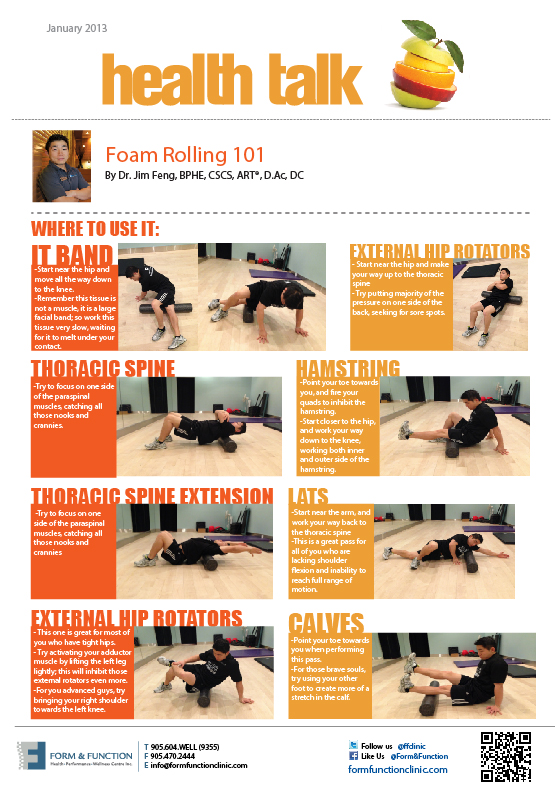As we all know, the cold temperatures and dry winter season can wreak havoc to our body. This includes drying out the skin on the hands and face as well as our hair. Even though our feet are not directly exposed to the environment during the winter, the winter boots and socks can either dry out our feet or cause our feet to perspire more.
Dry feet can lead to itchy, rough heels and toes. On the other hand, sweaty feet can lead to blisters, fungal infections and athlete’s foot. Here are a few tips to remember:
1) purchase natural materials e.g. leather for winter boots to allow your feet to breathe as opposed to synthetic materials e.g. rubber.
2) apply urea-based moisturizers to the feet especially to dry, cracked heels and also after your shower so your skin will absorb most of the moisturizer.
3) purchase socks with natural fibers such as cotton to help wick away moisture and/or even keep an extra pair of socks to change in case of excessive perspiration to the feet.
4) this last tip is for the ladies: if you are applying nail polish to the toenails year round, it may be best to give your toenails some breathing room as consistent application of nail polish to the toenails will reduce air flow to the nail thereby increasing your risk of getting a fungal toemail infection.
For more personalized information about your feet health, please feel free to book a consultation with Jennifer Lam, the Chiropodist at the Form and Function Clinic.
 . Those muscles are typically the overactive muscles seen in people with chronic neck pain and bad posture. A great way to relax those muscles is by simply working on utilizing your diaphragm when breathing. You will want to make sure that you are expanding your stomach, as well as your ribs laterally when taking in a deep breath, instead of lifting your chest. Try putting one hand on your belly, and the other hand on your chest, and take 10 deep breaths without lifting your chest. This is a great way to relax those bad posture muscles, activating your diaphragm, while reducing stress.
. Those muscles are typically the overactive muscles seen in people with chronic neck pain and bad posture. A great way to relax those muscles is by simply working on utilizing your diaphragm when breathing. You will want to make sure that you are expanding your stomach, as well as your ribs laterally when taking in a deep breath, instead of lifting your chest. Try putting one hand on your belly, and the other hand on your chest, and take 10 deep breaths without lifting your chest. This is a great way to relax those bad posture muscles, activating your diaphragm, while reducing stress.



